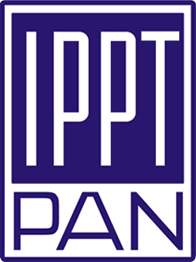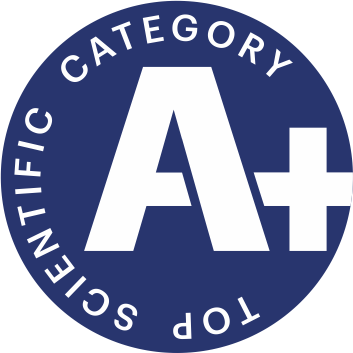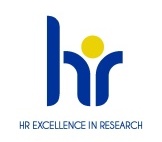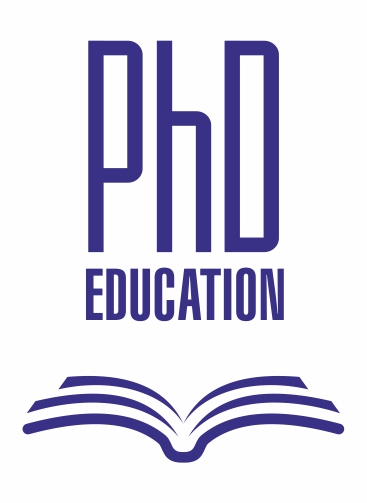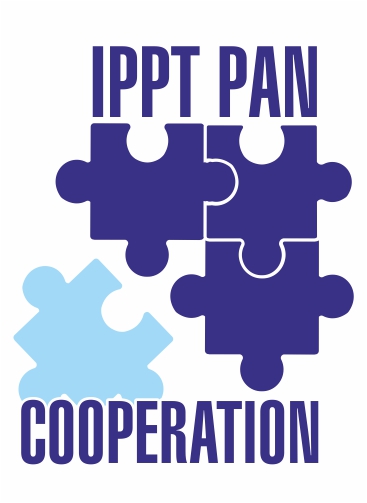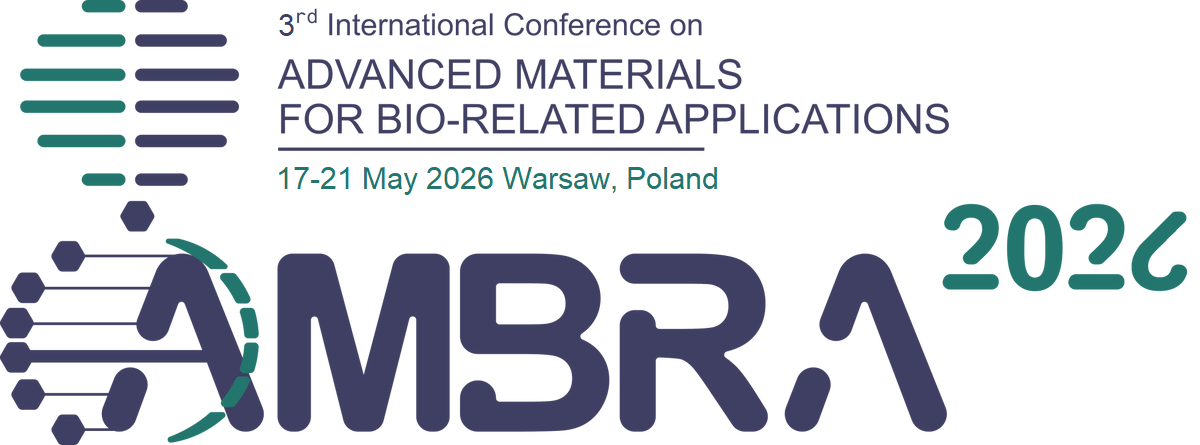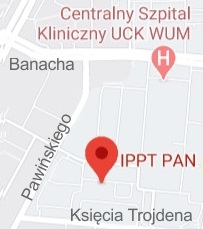| 1. |
Serjouei A.♦, Libura T., Brodecki A., Radziejewska J., Broniszewska P., Pawłowski P., Szymczak T.♦, Bodaghi M.♦, Kowalewski Z.L., Strength-hardness relationship for AlSi10Mg alloy produced by laser powder bed fusion: An experimental study,
MATERIALS SCIENCE AND ENGINEERING A-STRUCTURAL MATERIALS PROPERTIES MICROSTRUCTURE AND PROCESSING, ISSN: 0921-5093, DOI: 10.1016/j.msea.2022.144345, Vol.861, No.144345, pp.1-13, 2022 Abstract:
In this work, significant strength and ductility variations are reported for AlSi10Mg parts fabricated at different orientations using laser powder bed fusion (LPBF). Hardness and surface roughness of the specimens at different orientations were measured. Tensile testing together with digital image correlation technique were conducted on the specimens. XY specimens showed the highest yield stress and ultimate tensile strength while XZ specimens showed the highest ductility. Hardness measurements for different specimens were in accordance with the tensile test results, following the same order as the UTS values, XY specimens being the highest and XY-45° (out-of-plane) specimens being the lowest. Fractography of the broken surfaces of the specimens under tensile testing revealed the microstructural features and various defects in the tensile fracture. The anisotropy in mechanical properties is attributed to the microstructural anisotropy as well as presence of various types of defects induced by the AM process, which affects the deformation and failure mechanism of the parts. Linear relationships between experimental Vickers hardness versus yield stress and UTS measurements were developed. In case of material selection for different applications, these relationships can be used as a simple tool for converting hardness and yield stress (or UTS) values to each other. An equivalent strain-hardness relationship was also proposed which can be used for health monitoring of parts subject to tensile loading. Keywords:
Laser powder bed fusion, Hardness, Mechanical properties, Defects, Microstructure Affiliations:
| Serjouei A. | - | University of Derby (GB) | | Libura T. | - | IPPT PAN | | Brodecki A. | - | IPPT PAN | | Radziejewska J. | - | IPPT PAN | | Broniszewska P. | - | IPPT PAN | | Pawłowski P. | - | IPPT PAN | | Szymczak T. | - | Motor Transport Institute (PL) | | Bodaghi M. | - | other affiliation | | Kowalewski Z.L. | - | IPPT PAN |
|  |
| 2. |
Wood P.♦, Libura T., Kowalewski Z.L., Williams G.♦, Serjouei A.♦, Influences of horizontal and vertical build orientations and post-fabrication processes on the fatigue behavior of stainless steel 316L produced by selective laser melting,
Materials, ISSN: 1996-1944, DOI: 10.3390/ma12244203, Vol.12, No.24, pp.4203-1-19, 2019 Abstract:
In this paper, the influences of build orientation and post-fabrication processes, including stress-relief, machining, and shot-peening, on the fatigue behavior of stainless steel (SS) 316L manufactured using selective laser melting (SLM) are studied. It was found that horizontally-built (XY) and machined (M) test pieces, which had not been previously studied in the literature, in both stress-relieved (SR) or non-stress-relieved (NSR) conditions show superior fatigue behavior compared to vertically-built (ZX) and conventionally-manufactured SS 316L. The XY, M, and SR (XY-M-SR) test pieces displayed fatigue behavior similar to the XY-M-NSR test pieces, implying that SR does not have a considerable effect on the fatigue behavior of XY and M test pieces. ZX-M-SR test pieces, due to their considerably lower ductility, exhibited significantly larger scatter and a lower fatigue strength compared to ZX-M-NSR samples. Shot-peening (SP) displayed a positive effect on improving the fatigue behavior of the ZX-NSR test pieces due to a compressive stress of 58 MPa induced on the surface of the test pieces. Fractography of the tensile and fatigue test pieces revealed a deeper understanding of the relationships between the process parameters, microstructure, and mechanical properties for SS 316L produced by laser systems. For example, fish-eye fracture pattern or spherical stair features were not previously observed or explained for cyclically-loaded SLM-printed parts in the literature. This study provides comprehensive insight into the anisotropy of the static and fatigue properties of SLM-printed parts, as well as the pre- and post-fabrication parameters that can be employed to improve the fatigue behavior of steel alloys manufactured using laser systems. Keywords:
selective laser melting, stainless steel 316L, fatigue, defect, fracture Affiliations:
| Wood P. | - | University of Derby (GB) | | Libura T. | - | IPPT PAN | | Kowalewski Z.L. | - | IPPT PAN | | Williams G. | - | University of Derby (GB) | | Serjouei A. | - | University of Derby (GB) |
|  |


